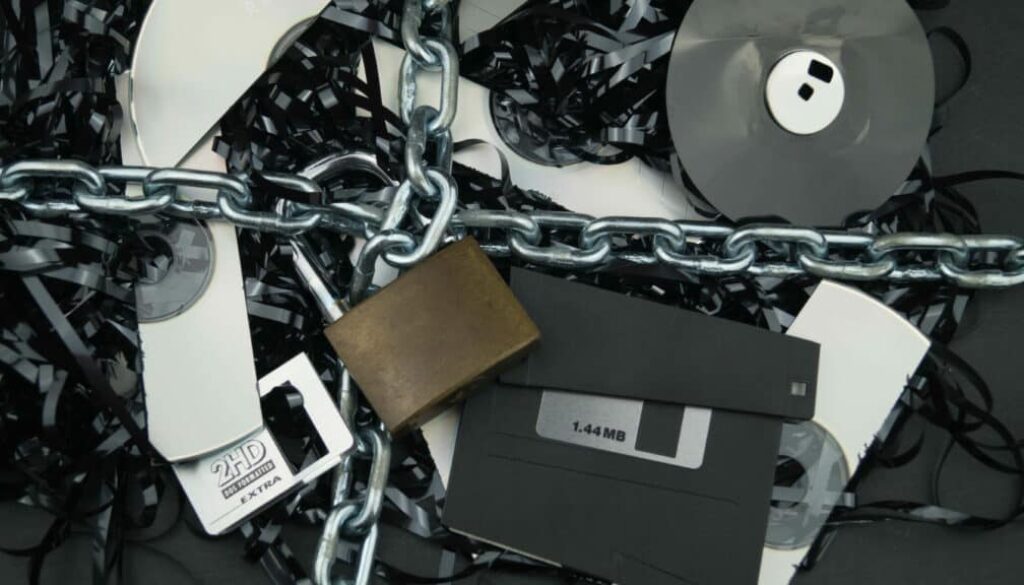How to Backup Data on Windows
Backing up your data is important. Whether you have a personal computer or a business computer, there is always a risk of data loss. Viruses, malware, ransomware, and even hardware failure can all lead to data loss. That is why it is important to have a backup plan in place.
For those of you who are not subscribed to our computer repiar service, Active Protect, wich includes industry leading backup software we will focus on backing up your data using Microsoft’s built-in tools in Windows 10.
File History
Windows 10 has a feature called File History that allows you to backup files stored in the Documents, Pictures, Videos, and Desktop folders. File History automatically saves copies of files as you work on them and stores multiple versions of files so that you can go back to an earlier version if necessary. File History works best if you have an external hard drive or USB drive connected to your computer because it saves copies of your files on the connected drive. You can also use File History to restore files that have been lost or deleted by mistake.
To turn on File History, go to Start > Settings > Update & Security > Backup and then select the “Add a drive” option under “Back up using File History.” From there, you will be able to select the external hard drive or USB drive that you want to use for your backups. Once you have selected the drive, make sure the “Turn on” switch is turned on and then click “Ok.”
System Image Backup
System Image Backup is a feature in Windows 10 that allows you to backup everything on your computer—including your operating system, installed programs, and personal files—to an external hard drive or USB drive. A system image backup is different from a file backup because it contains everything on your computer—not just specific folders or files.
To create a system image backup in Windows 10, go to Start > Settings > Update & Security > Backup and then click the “Create a system image” link under “See full set of backup options.” From there, follow the prompts to select the external hard drive or USB drive that you want to use for your backups and then click “Finish.”
Conclusion
Backing up your data is important because there is always a risk of data loss due to viruses, malware, ransomware, and even hardware failures. Windows 10 has two built-in features—File History and System Image Backup—that allow you to easily backup your data to an external hard drive or USB drive.
Links on this site are Amazon affiliate links and we may earn a small commision on products purchased.




